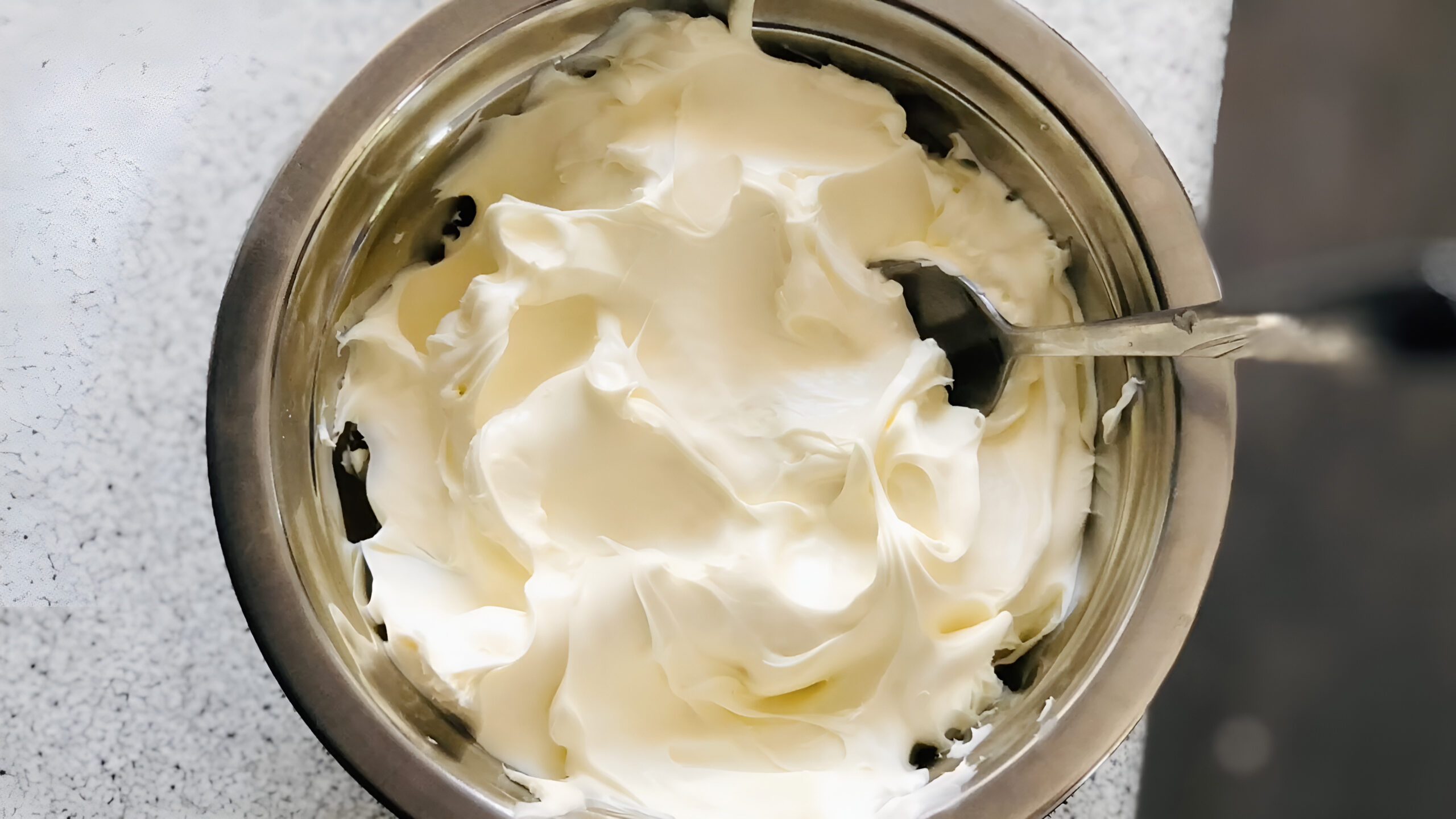How to Make Decadent Cream Cheese
Dearest Readers,
In a society where imported delicacies and secret family recipes often reign supreme at the breakfast table, there exists a little-known art practiced only by the most cunning of hostesses: the making of one’s own cream cheese. Yes, you heard correctly. Not from some dairymaid in the countryside, nor from a bustling market in Mayfair—but from your very own kitchen. All one requires is a pot, a bit of milk, and the kind of determination that wins both hearts and bake-offs alike.
Should the ladies and gentlemen of the ton catch wind of your success, prepare yourself—for your breakfast invitations shall increase tenfold.
Allow me, your ever-curious chronicler of the cheese elite (and occasional culinary confidante), to unveil the secrets of this most luscious and luxurious spread.
The Ingredients One Must Secure
Even Beyonce herself could not raise an eyebrow at this impressively modest list:
- 1 gallon of whole milk (The richer, the better. Whole milk is best. Cream-top milk, if you’re daring.)
- 1/4 cup of white vinegar or lemon juice (The acidic agent that brings the drama.)
- 1/2 to 1 teaspoon of salt (Subtle seasoning worthy of any debutante’s table.)
- Cheesecloth or muslin (Preferably embroidered, but plain will suffice.)
- Fine mesh strainer and a large bowl
- A blender or food processor (A modern miracle akin to a well-timed marriage proposal.)
Should one wish to gild the lily:
- Heavy cream (for added richness—decadent, like a Viscount’s second helping)
- Optional flavorings – think crushed garlic, chopped chives, cracked black pepper… or a whisper of honey.
Step the First: Heat the Milk, But Do Not Scorch the Scandal
In a heavy-bottomed pot (copper if you’re showing off), pour your full gallon of whole milk. Over medium heat, bring it slowly to a simmer—just shy of boiling. One might observe a gentle steam and bubbles along the edge, as if the milk is whispering secrets.
Should you possess a thermometer, aim for 185°F (85°C). Otherwise, trust your instincts—a most undervalued tool in both cheese-making and matchmaking.
Step the Second: Introduce the Acid—and the Drama
Now comes the part where things fall apart (quite literally). Remove your pot from the heat and slowly add your vinegar or lemon juice, stirring gently as you do. Within moments, the milk will curdle—transforming from smooth to scandalous. The curds (soft white clumps) will separate from the whey (a yellowish liquid).
Let it sit for 10 to 15 minutes. Give it time. Good things—and good gossip—require patience.
Should the milk fail to curdle like a housemaid at a royal ball, add a bit more acid and stir again.
Step the Third: Strain with Grace
Line your strainer with cheesecloth (folded double or triple), and set it over a large bowl. Pour your curds and whey into the cloth, letting the whey drain slowly. Leave it be for an hour, or until most of the liquid has said its goodbyes.
For firmer cream cheese (and firmer resolve), drain longer. For a gentler spread (perfect for crumpets), drain less.
Step the Fourth: Blend with Finesse
Scoop the curds into your blender or food processor. Add a touch of salt—start modestly with 1/2 teaspoon, as you can always add more (unlike a ruined reputation).
Now, blend. Yes, blend until smooth, creamy, and worthy of a duchess’s tea service. If the texture seems more rustic than refined, add:
- A few spoonfuls of whey – for a lighter, tangier finish.
- A splash of cream – for richness so divine, even Taylor Swift might approve.
Step the Fifth: A Personal Touch
Should you wish to elevate your cream cheese to an art form, consider these additions:
- Finely minced garlic and fresh herbs – for the bold.
- Honey and cinnamon – for the sweetly inclined.
- Cracked pepper and lemon zest – for the adventurous.
Truly, one might tailor it like a gown for presentation season.
To Store or To Serve
Store your creation in an airtight container in the icebox. It shall remain fresh for up to one week, though few have the willpower to make it last so long.
One may also freeze it, but be warned: like a houseguest past their welcome, it may not return quite the same. Stir well after thawing, and all may be forgiven.
What Becomes of the Whey?
Ah, the whey! A treasure in its own right. Use it in:
- Pancakes and muffins (for lightness),
- Soups and stews (for depth),
- Or as a refreshing tonic, should you be inclined toward rustic wellness fads.
Whey waste, dear reader, is the true faux pas.
In Closing…
Making cream cheese from milk is no mere kitchen pastime. It is a declaration: of resourcefulness, of elegance, and of quiet power. With little more than milk and nerve, you may create a delicacy to rival any brought by footman or foreign import.
So the next time your guests marvel at your morning spread, smile knowingly. You have taken milk—a humble ingredient—and spun it into something exquisite. And you didn’t need a dairy empire to do it.
Until next time, dear readers, remain deliciously curious.
Yours in whispered recipes and whispered scandal,
Lady Stilton


